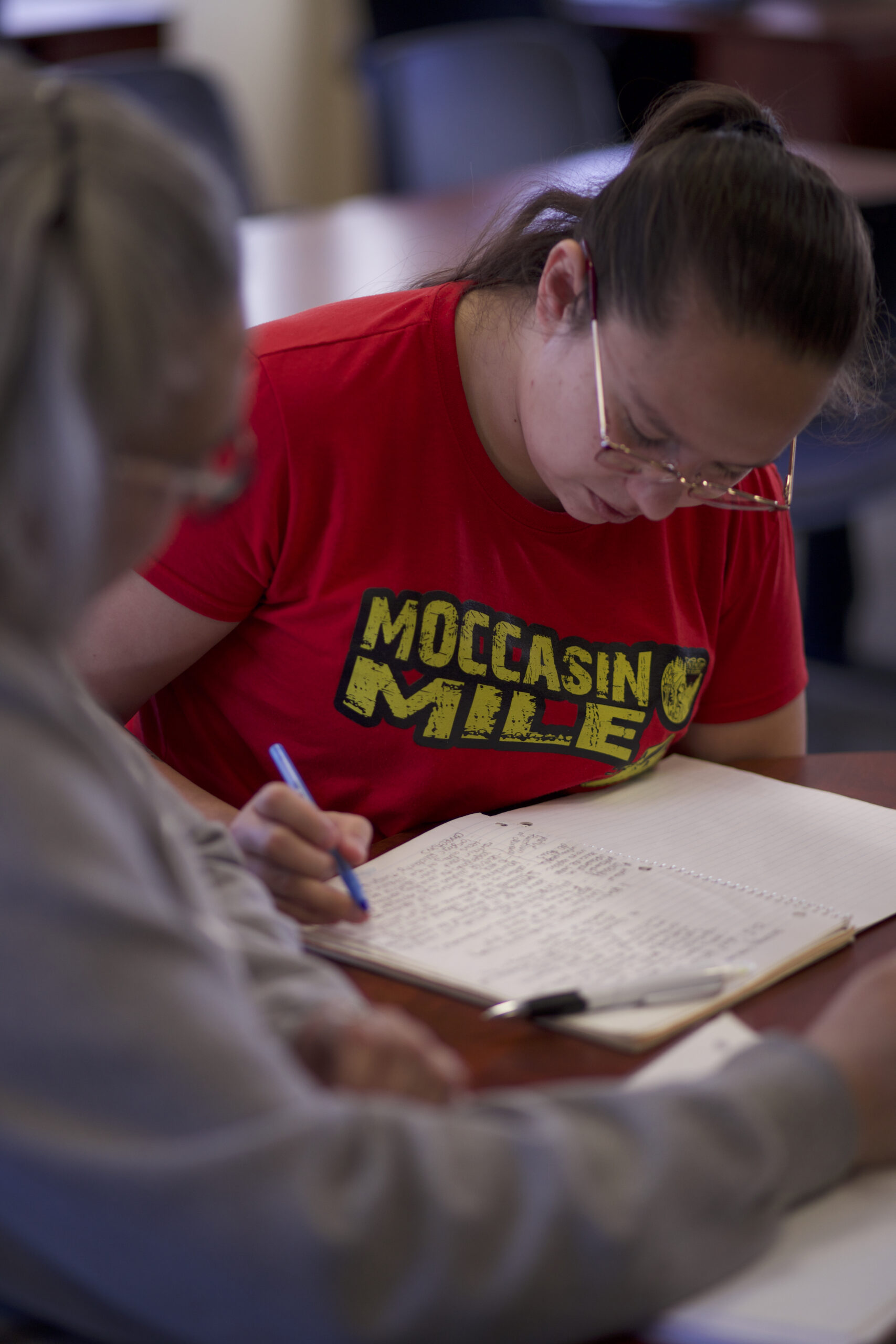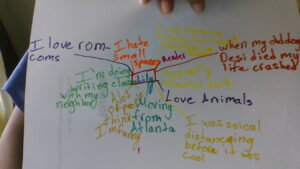Module 2: Communication and Collaboration
Creating Community in Digital Spaces
How do we put all of this into practice? By creating community in digital spaces.
Learner notes
Try online discussion learning boards
Online discussion boards should be recognized as a separate “thinking space” beyond the formality of the classroom. This allows a space in which the student has the opportunity to engage in learning in way that is culturally appropriate for themselves, valuing their own worldview and epistemology. In a culturally diverse classroom, the discussion board can become a central enabling point of reference that reduces the colonization of the student.
Learner notes
Cultivate togetherness in your online classroom
Building relationships within digital spaces may require a little extra effort, but it’s definitely worth it. To combat isolation and build community, professionals should focus on making their digital spaces friendlier and more welcoming. You can create an inclusive space by being mindful of the images, wording, and sometimes fonts and colours used.
Attempt a learning log assessment
 Learning logs provide a reflective learning experience. Students can journal about the steps of the learning process and what they learned, and record their questions to discuss with their instructor or research themselves.
Learning logs provide a reflective learning experience. Students can journal about the steps of the learning process and what they learned, and record their questions to discuss with their instructor or research themselves.
Design an introductory email in line with Indigenous introduction protocols
You may have heard the term “protocol” in relation to working with Indigenous Peoples. The term includes many things, but overall it refers to ways of interacting with Indigenous Peoples in a manner that respects traditional ways of being. Protocols are not just “manners” or “rules”—they are a representation of a culture’s deeply held ethical system.
Always introduce yourself when you are first meeting someone new. An introduction should include who you are and where you come from, which means your family’s cultural and geographical background prior to being a settler in North America.
We also like to include a web self-location—a motivating factor.
Learner notes
Self-location identity web

Identity webs can be used as introduction tools to facilitate interconnectedness—supporting us to notice, wonder, and see the humanity in one another.
Learner notes
Encourage participatory learning
Discuss how the integration or embrace of Indigenous ways of knowing into teaching practice can enable learning to be accessible for all students.
Participatory culture means students can express themselves, can create and share, can mentor and be socially connected, and can feel secure in their voice.
Self-Assessment #3
 What structures could you put in place in a school library to support participatory culture?
What structures could you put in place in a school library to support participatory culture?
Record your responses in your Toolkit.
How do you bring Indigenous Traditional Knowledges into digital learning?
How do you weave Indigenous perspectives in course design while using a learning management system that can be seen as dominant/Eurocentric?
These are good questions to be asking in your Indigenous digital literacy work. Let’s explore.
Indigenizing curriculum is not about replacing the Eurocentric content with Indigenous content. Rather, it is about embedding Indigenous perspectives and histories across course design.
This work includes course descriptions, learning outcomes, lessons, assessments, and pedagogies.
It is a process that is responsive and inclusive to local lands, languages, traditions, and Indigenous Traditional Knowledges.
Learner notes
Classroom suggestions
- Share a land acknowledgement, self-location, and instructor positionality.
- Build rapport and introduce questions with a more conversational approach.
- Show interest in hearing stories and understand their value in their underlying messages.
- Build a safe and trusting community.
- Incorporate a kinesthetic and visual learning approach with a greater variety of practical experiences.
- Relate examples to your students’ environment and community.
- Create classroom traditions just as you would with in-person teaching.
- Introduce collaborative projects involving student voice and choice.
- Put classroom culture into practice.
Learner notes
It is important to create community-based learning in digital spaces, as building relationships is part of Indigenous ontology and epistemology.
Source and recommended reading: How to teach and engage Aboriginal students – SchoolNews – Australia (school-news.com.au)
Here are some more classroom suggestions:
- Build trust. Get to know your students. There needs to be mutual trust to establish your legitimacy.
- Acknowledge the traditional custodians of the land where you teach.
- Honour students’ diversity within Indigenous cultures by letting them mark their Nation and language group.
- Run your curriculum ideas by community Elders first. Elders are a valuable resource with timeless knowledge. They can also introduce you to contacts in the community and people who can speak to the class.
- Invite community members into the classroom to share their stories and have a talking circle.
- Make two-way learning a habit. Let students share their knowledge. Have students run a lesson, which is often something they’ve never experienced before.
- To support community context, use local resources that align with the curriculum.
- Promote calmness and balance. It is helpful to introduce routines.
Learner notes
It is important to note that within the same community there might also be cultural ceremonial differences, kinship differences, and totem differences. What works in one community most likely won’t work in another.
Source and recommended reading: Welcome to Country & Acknowledgement of Country – Creative Spirits
Questions to explore regarding communication and collaboration with Indigenous communities
This is a good checklist to guide you in your Indigenous digital literacy work:
- Has the Indigenous community named its own spokesperson?
- Does the Indigenous community have a representative group or team?
- Have the powers and tasks of the team been decided?
- What other people can step in if some members of the team must do other things in the Indigenous community?
- How will you be sure everyone in the Indigenous community knows what is going on?
Attributions
- “Indigenous students studying on campus. Students from the Stat’imc/Nlakapamux and Fort McKay First Nations.” by Simone Paul is licensed under a CC BY-NC-SA 4.0 licence.
- “Diversity Identity Web” appears in “Seen, Valued, Heard: Honoring Identity to Establish Community” by Melanie Meehan on Two Writing Teachers, which is licensed under a CC BY-NC-SA 4.0 licence.

